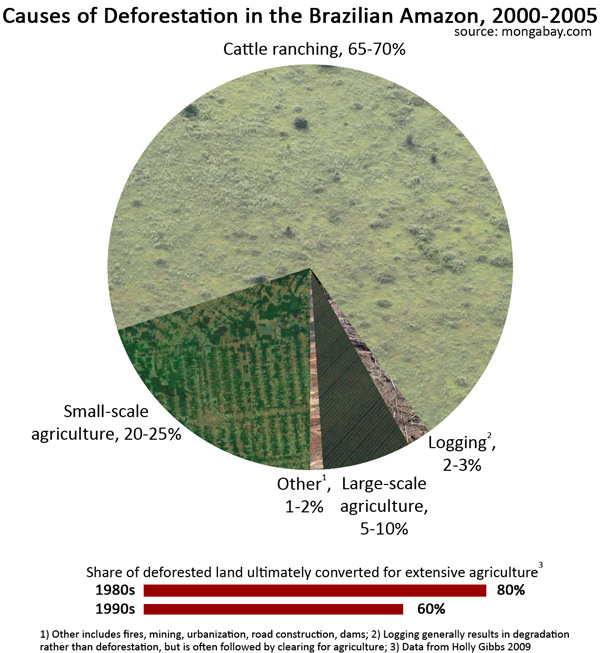Yesterday, Texans from across the state made their voices heard in the Texas state house by calling their state senators and asking them to stand up to industry’s power play to pollute at will.
On Tuesday night, Rep. Dennis Bonnen (HB 25, Angleton), offered an amendment on SB 875 that would provide industry an affirmative defense against civil suits. This amendment would severely restrict Texans’ ability to protect their property by giving industry immunity from nuisance and trespass action on nearly every type of regulated activity. On Wednesday afternoon, after an hour-long debate, the House tried to remove the Bonnen amendment from SB 875. The vote was 82-63 to take it off the bill, but the motion failed because, according to the House rules, an amendment on 3rd reading, requires a 2/3rd majority for passage. So the bill passed on 3rd reading with the Bonnen amendment on it and headed back to the Senate.
Last night, due not by any small amount to all of you who called in expressing your concern about this bill, the Senate refused to concur on the bill, sending it to conference committee. The senate members of the conference committee (conferees) are:
- Senator Troy Fraser – Chair, R-Horseshoe Bay – 512-463-0124
- Senator Robert Duncan – R-Lubbock – 512-463-0128
- Senator Kirk Watson – D-Austin – 512-463-0114
- Senator Mike Jackson – R-La Porte – 512-463-0111
- Senator Craig Estes – R-Wichita Falls – 512-463-0130
Later today we expect the House to announce their conferees and we will update this blog with that information.
UPDATE
The house appointed their conferees. They are:
- Rep. Kelly Hancock – Chair, R-North Richland Hills – 512-463-0599
- Rep. Dennis Bonnen – R-Angleton – 512-463-0564
- Rep. Warren Chisum – R-Pampa – 512-463-0736
- Rep Craig Eiland – D-Galveston – 512-463-0502
- Rep Wayne Smith – R-Baytown – 512-463-0733
This all sounds familiar to those who have followed the TCEQ Sunset legislation and industry’s attempt to weaken the public’s ability to contest a permit. The original bill (SB 875) only limited local governments’ right to bring nuisance or trespass lawsuits for greenhouse gases that negatively impacted their communities, but that was significantly expanded with Bonnen’s amendment, that upon review was so broad that it took away people’s right to protect their property from pollution beyond greenhouse gases. The Senate conferees have said they are committed to taking the Bonnen amendment off, however this is still a bad bill.
How can you help? Call your representative and senator’s Capitol office today. Here’s what you need to say:
Vote no on SB 875 as it comes back from the Conference Committee. Texans believe in private property rights–and they will rightly object to laws passed to restrict these rights and the rights of our local governments to protect our interests.
If you’re not sure who represents you, you can find out here.
Thank you again for your efforts to keep this bad bill from becoming law.








